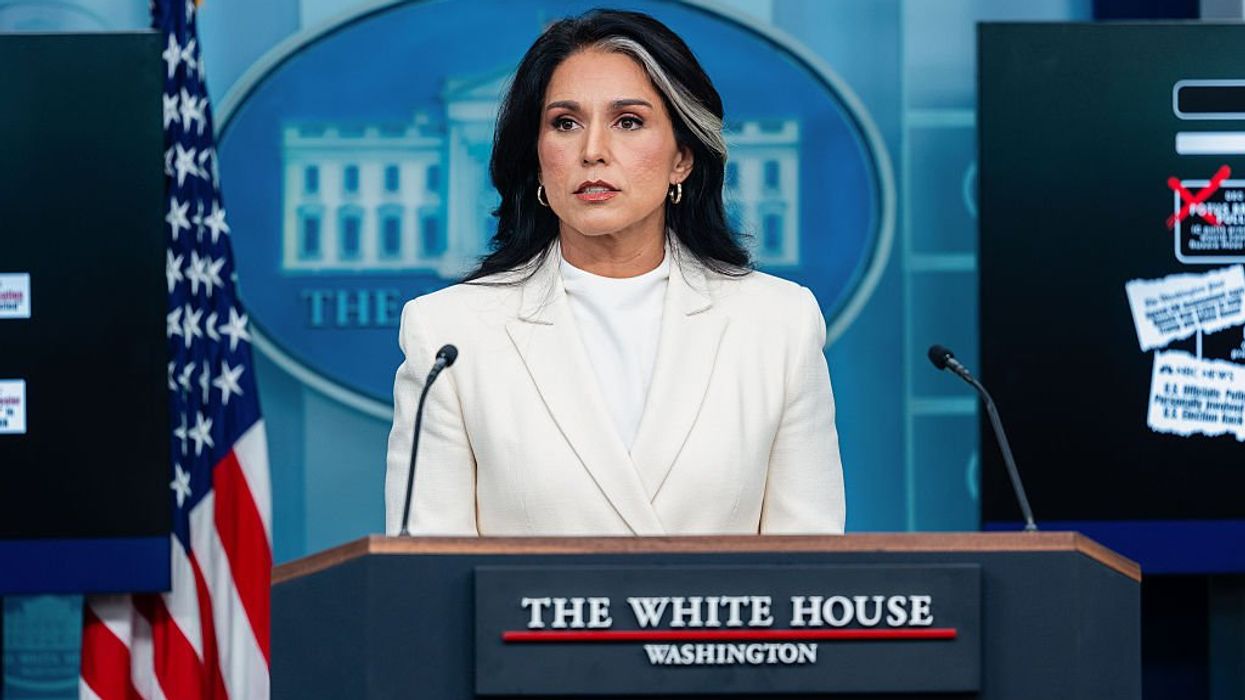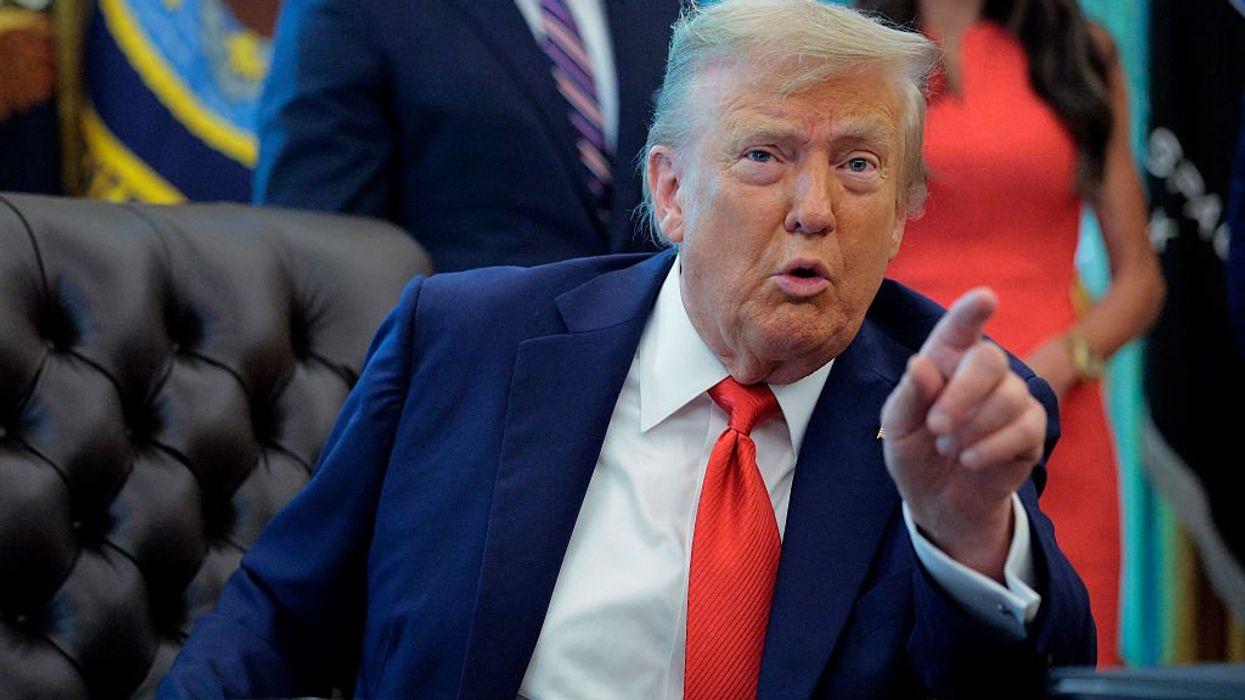As the Benghazi lies keep unfolding, Glenn felt it important to highlight the most important and revealing falsehoods that have been fed to the American people so far. Sadly there were so many to choose from he could only narrow it down to 20.
Here are the top 20 Benghazi lies…
#1. "Our current best assessment based on the information we have at present is that in fact what this began as was a spontaneous, not a premeditated, response to what had transpired in Cairo." — Susan Rice
The testimony now proves that the administration knew in advance.

#2. "What we do know is that the natural protests that arose because of the outrage over the video were used as an excuse by extremists to see if they can also directly harm U.S. interests." — President Obama
#3. "But the entire reason that this has become the, you know, political topic it is is because of Mitt Romney and Paul Ryan." — Stephanie Cutter (Obama's campaign spokesperson)
#4. "That is what we saw play out in the last two weeks, as a crude and disgusting video, sparked outrage throughout the Muslim world." — President Obama

Important because the President's defense has been 'we corrected it' and called Benghazi an act of terror two days later. This was after that.
#5. "I know there are some who ask, why don't we just ban such a video. The answer is enshrined in our laws. Our Constitution protects the right to practice free speech." — President Obama
So it's still the "video" and claiming people are calling for speech to be limited.
#6. "Some have sought to justify this vicious behavior along with the protest that took place at our embassy in Cairo yesterday as a response to inflammatory material posted on the Internet." — Hillary Clinton

…how many times did they try to go down this road?
#7. "We can all condemn this reprehensible video." — Victoria Nuland
That's 3 members of the State Department…1 political operative…and the President.
#8. "Find the video that has been so offensive to Muslims to be disgusting and reprehensible." — Jay Carney

Seriously?
#9. "To address the video circulating on the Internet that has led to these protests." — Hillary Clinton
Wow.
#10. "Was a violent protest outside of our embassy sparked by this hateful video." — Susan Rice
Well, if nothing else, she is persistent.
#11. "And it is in response, not to United States policy, not to obviously the administration, not to the American people. It is in response to a video." -
…sigh.

#12. "Now we do not yet have indication that it was preplanned or premeditated." - Jay Carney
Really? Because we actually know that you had information that the attack was premeditated days before the attack took place. One of the people in Benghazi called the State Department with concerns warning of the attack.
Oops.
#13. Reporter: "And CBS has learned that the U.S. mission in Libya reportedly ‑‑ repeatedly asked for better security before last month's attack on the American consulate in Benghazi. A State Department officer says there were 13 confirmed security threats in the six months before the attack. Ambassador Chris Stevens and three other Americans were killed three weeks ago."
"Well, we weren't told they wanted more security and we did not know they wanted more security again." — Joe Biden

That's cute, Joe.
#14. "The White House and State Department have made clear that the single adjustment that was made to those talking points by either of those two ‑‑ of these two institutions were changing the word consulate to diplomatic facility because consulate was inaccurate." — Jay Carney
…odds Jay Carney has this job a year from now?

#15. "And make no mistake: We will work with the Libyan government to bring to justice the killers who attacked our people." — President Obama
Well…the video guy is in prison — no terrorists from this attack yet though.
#16. "You had a video that was released by somebody who lives here, sort of a shadowy character who is extremely offensive video directed at Mohammed and Islam. We had nothing to do with the video." — President Obama
The video? Again? Come on guys…
#17. "It's not a matter of blaming, that's just the facts. Sometimes intelligence has to catch up with the reality on the ground. This was one of those cases." — David Axelrod

Doesn't the intelligence normally come from information on the ground? Throwing the CIA under the bus is never the smart choice, David.
#18. "First I pretty the faux outrage from the RNC and the Republican Party." — Stephanie Cutter
Somehow this is one of the masterminds behind Obama's re-election.
#19. "Was it because of a protest or was it because of guys out for a walk one night who decided they would go kill some Americans?" — Hillary Clinton

Something tells us it's starting to make a difference to Hillary (and her 2016 presidential hopes).
#20. "Let's be clear: These protests were in reaction to a video that had spread to the region." - Jay Carney

Seriously, what do we think — a week? a month? How much longer does Carney have as Press Secretary?
So what's the truth? Glenn gives a full rundown of where we stand and what we know about the Benghazi attacks HERE.

 Bloomberg / Contributor | Getty Images
Bloomberg / Contributor | Getty Images
 Chip Somodevilla / Staff | Getty Images
Chip Somodevilla / Staff | Getty Images ROBYN BECK / Contributor | Getty Images
ROBYN BECK / Contributor | Getty Images Andrew Harnik / Staff | Getty Images
Andrew Harnik / Staff | Getty Images